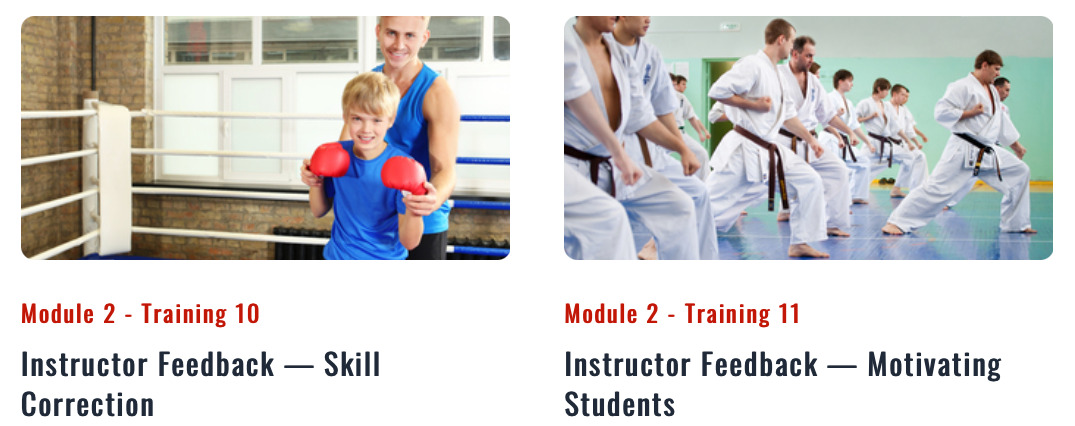Teaching, especially in a discipline like martial arts, requires a careful blend of discipline, encouragement, and adaptability. Here are some teaching tips that can help you enhance the learning experience for your students, regardless of their age or skill level:
1. Establish Clear Objectives
- What to Do: Begin each class with a clear statement of its goals. Whether it's improving a particular stance or mastering a new technique, students should know what they're expected to achieve by the end of the session.
- Why It Helps: This sets a clear direction and motivates students by giving them a tangible goal to work towards.
2. Incorporate a Variety of Teaching Methods
- What to Do: Use a mix of demonstrations, verbal instructions, and hands-on practice. Include visual aids if possible, such as diagrams or videos, to cater to different learning styles.
- Why It Helps: This ensures that all students, regardless of their preferred learning method, have the best chance to grasp and retain the teachings.
3. Encourage Questions
- What to Do: Create an environment where students feel comfortable asking questions by regularly pausing to invite questions and by addressing all questions respectfully and thoroughly.
- Why It Helps: This not only clarifies any misunderstandings but also increases student engagement and interest in the subject.
4. Provide Individual Feedback
- What to Do: Offer personalized feedback to each student during practice sessions. Highlight both strengths and areas for improvement.
- Why It Helps: Personalized feedback makes students feel valued as individuals and helps them focus on specific areas that need improvement.
5. Use Positive Reinforcement
- What to Do: Recognize and celebrate achievements, no matter how small. Use rewards, such as praise, stickers, or small tokens, to acknowledge progress.
- Why It Helps: Positive reinforcement not only boosts morale but also encourages continued effort and discipline among students.
6. Promote a Respectful and Supportive Environment
- What to Do: Model respect and support by treating all students with dignity and care. Encourage students to support each other's learning journeys.
- Why It Helps: A respectful and supportive atmosphere enhances learning and fosters a sense of community within the class.
7. Adapt to Individual Needs
- What to Do: Be attentive to the varying speeds at which students learn and adapt your teaching pace and methods accordingly.
- Why It Helps: Tailoring your approach to individual needs prevents students from feeling left behind or unchallenged.
8. Keep Learning and Improving
- What to Do: Regularly seek out professional development opportunities, such as workshops, seminars, or advanced classes.
- Why It Helps: Staying informed about the latest teaching methods and industry trends ensures that your teaching remains effective and relevant.
9. Incorporate Life Skills
- What to Do: Use lessons as opportunities to teach life skills, such as discipline, persistence, and mindfulness.
- Why It Helps: Integrating life skills into martial arts training enhances the overall value of your lessons, preparing students not just in martial arts but in life.
10. End with a Review
- What to Do: Conclude each session with a quick recap of what was learned and a preview of what’s to come in the next class.
- Why It Helps: This reinforces learning from the day and builds anticipation for future lessons.
Implementing these teaching tips can greatly enhance the effectiveness of your martial arts training, leading to more engaged, motivated, and skilled students.

